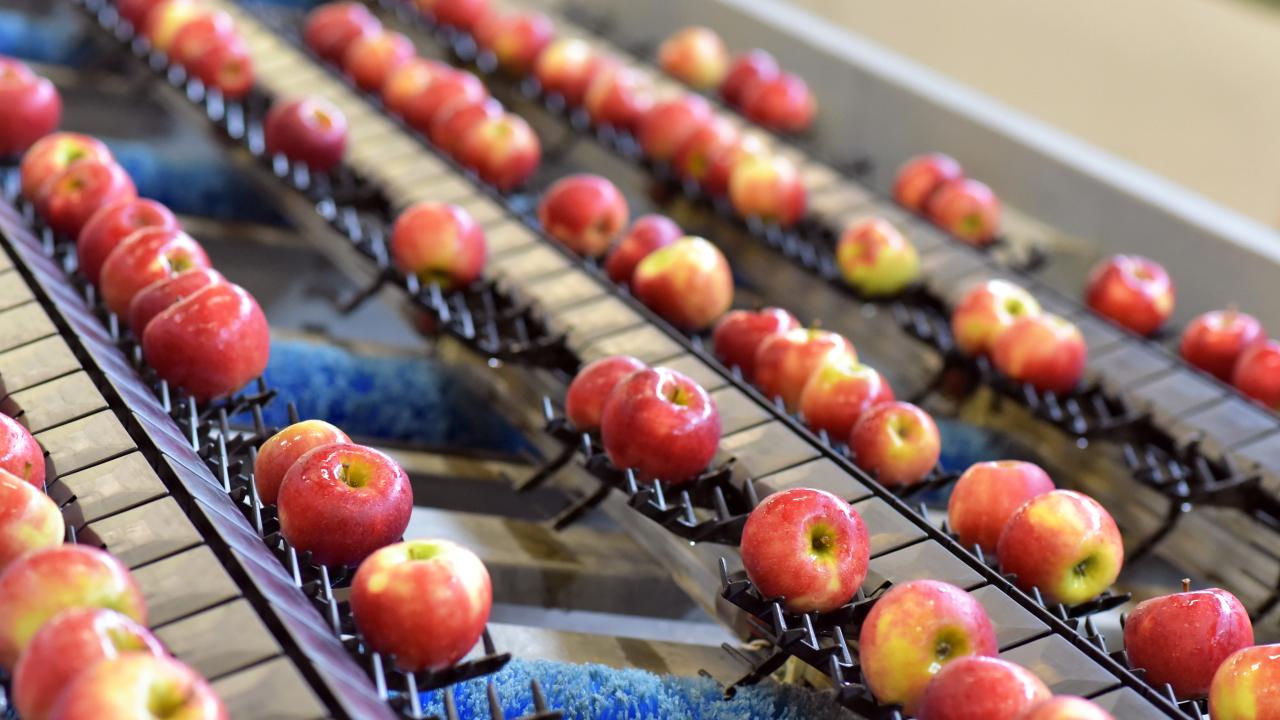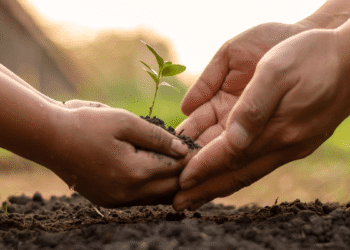Agriculture is an integral part of our daily lives, providing us with the food we eat, fiber for our clothing, and raw materials for a wide range of other products. Despite its importance, the agricultural industry is vulnerable to threats from a variety of sources, including plant and animal diseases, invasive species, and bioterrorism.
The potential impact of these threats is significant, as diseases can spread rapidly, reducing crop yields and causing significant economic losses for farmers. As a result, it is essential that the agricultural industry take steps to protect itself from these threats through a process known as biosecurity.
What is Agricultural Biosecurity?
Agricultural biosecurity refers to a set of measures and practices aimed at protecting the agricultural industry from diseases, pests, invasive species, and other potential threats. These measures are designed to reduce the risk of disease introduction and spread, as well as minimize.

The impact of any outbreaks that may occur. Agricultural biosecurity is critical for maintaining the health and productivity of crops and livestock, as well as ensuring the long-term viability of the agricultural industry.
Agricultural biosecurity measures can take many forms, including physical controls such as limiting access to agricultural sites, procedural controls such as implementing quarantine procedures, and surveillance and monitoring programs designed to detect and respond to outbreaks quickly. Effective pest and disease management strategies are also an important part of biosecurity, as they can reduce the risk of disease introduction and spread.
In addition to protecting crops and livestock, biosecurity is also important for ensuring the safety of the food supply. Diseases and pests can quickly spread from one region to another, affecting food prices and trade, and potentially posing a threat to human health.
Overall, biosecurity is a complex and ongoing effort that requires collaboration between the government, industry, and the scientific community. By investing in research and development, and by raising awareness of the importance of biosecurity, the agricultural industry can work to protect itself from diseases and other threats and ensure a sustainable future.
Why is Agricultural Biosecurity Important?
Agricultural biosecurity is important for a number of reasons, as it helps to protect crops, livestock, and the food supply from potential threats such as diseases, pests, and invasive species.
- Biosecurity helps to maintain the health and productivity of crops and livestock. Outbreaks of diseases and pests can have a significant impact on crop yields, reducing the economic viability of farming operations and potentially causing food shortages.
- Biosecurity is important for ensuring the safety of the food supply. Diseases and pests can spread quickly from one region to another, affecting food prices and trade, and potentially posing a threat to human health. Biosecurity measures can help to prevent the spread of diseases and ensure that food produced for human consumption is safe and free from harmful contaminants.
- Biosecurity is important for protecting the environment. Invasive species can disrupt ecosystems and displace native species, while the use of pesticides and other chemical treatments can have negative impacts on air and water quality.
- Biosecurity measures can help to prevent the introduction of invasive species and minimize the use of harmful chemicals, protecting the environment and preserving biodiversity.
Finally, agricultural biosecurity is important for the long-term viability of the agricultural industry. By implementing effective biosecurity measures, the industry can reduce the risk of disease introduction and spread, ensuring that it remains healthy and sustainable for future generations.
Elements of Agricultural Biosecurity

The key elements of agricultural biosecurity include:
- Surveillance and Monitoring: Regular monitoring and surveillance are essential for detecting the early signs of disease and taking appropriate action to prevent its spread. This can include monitoring for changes in crop health, monitoring for disease symptoms, and conducting regular laboratory testing.
- Biosecurity Planning: Biosecurity planning involves developing a comprehensive plan for protecting the agricultural industry from disease and other threats. This includes developing procedures for responding to a disease outbreak, identifying critical resources and infrastructure, and establishing a communication plan for responding to an outbreak.
- Physical and Procedural Controls: Physical and procedural controls are essential for preventing the spread of disease and other threats. This can include controlling access to agricultural sites, implementing quarantine procedures for animals and plants, and providing training for employees on biosecurity practices.
- Pest and Disease Management: Effective pest and disease management are critical for reducing the risk of disease introduction and spread. This can include using integrated pest management strategies, controlling the spread of pests through proper crop management practices, and using chemical and biological treatments to control pests and diseases.
Conclusion
Biosecurity is a critical component of the industry, essential for protecting our food supply and ensuring the long-term viability of the industry. By implementing effective biosecurity measures and responding quickly to outbreaks.
We can reduce the risk of disease introduction and spread, protecting both the agricultural industry and the environment. Through continued investment in research and development and increased awareness of the importance of agricultural biosecurity, we can ensure the sustainability of the agricultural industry for generations to come.











